by Jango Unwalla, Chief Knowledge Officer
It is Wednesday 8 p.m. and I am just coming home from my Orange Theory workout. As soon as I open my garage door, a motion sensor in the garage triggers a series of routines. It unlocks the door from the garage into the house, switches on my stairway HUE lights and starts playing some music on my Sonos connected speakers. As I walk up the stairs, another motion sensor detects that I am heading to my master bedroom and closes my Ikea Fyrtur blinds, switches on my smart ceiling fan and light, my Govee Lyra floor lamp and my Alexa Dot announces “time for a shower” after seeing Orange Theory on my calendar.
No, this is no mystical Iron Man home, but, in reality. Home automation has come a long way and one can do some fantastic things with these technologies which just 10 years ago were unthinkable. I can control my entire house and my routines via voice controls on Amazon Alexa or via a dashboard developed using Home Assistant.
However, last Christmas someone gifted me some outdoor plugs that use Apple HomeKit, and that’s where things get hairy. You see, there are quite a few home automation protocols and most of them don’t talk to each other. So, if you get a smart dimmer that is made for one protocol, it might not work in your routines if your other devices are on a different protocol.
I learnt this the hard way as an early adopter of home automation devices with multiple devices and multiple apps to control them with no single control dashboard.
That is where “Matter” comes in and is going to help revolutionize home automation.
But before we get to Matter, let’s check how we got there.
The Protocols
There are a wide variety of technology platforms, or protocols, with a myriad of smart devices built for each protocol. So, let’s check what protocols are out there:
Universal Powerline Bus (UPS) - UPS uses existing power lines to reduce costs and sends signals to control devices both inside and outside the home. UPS is a reliable technology platform but will not work with newer wifi devices or allow control of devices via smartphones.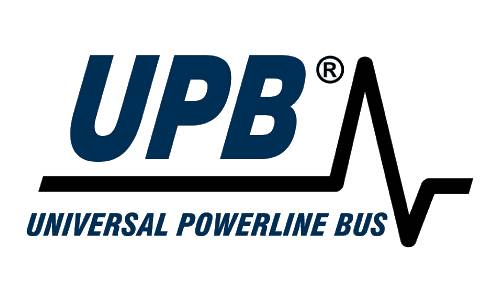
Insteon – Insteon uses both power lines and Wi-Fi allowing multiple dimensions of communication with devices. It is also compatible with the the old X10 protocol allowing use with older automation devices. Insteon’s uses a dual-band mesh network which in turn enables devices to act as repeaters, greatly extending signal range.
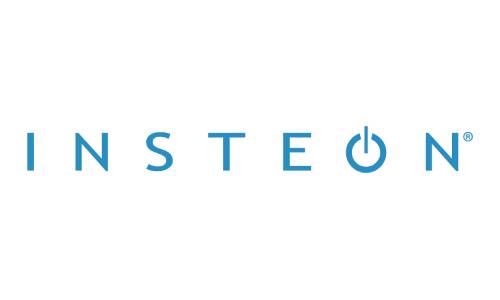
Z-Wave: Z-Wave is one of the most popular of the wireless home automation protocols and runs on a 908.42MHz frequency band thus not affected by wifi signals in the 2.4 and 5ghz range. A significant advantage of Z-Wave is its interoperability. All Z-Wave devices talk to all other Z-Wave devices, regardless of type, brand or how old they are. Just like Insteon, Z-Wave devices also work as repeaters thus enhancing their range of communications. With over 1,200 devices on the market that use Z-Wave, this is one of most common protocols out there.
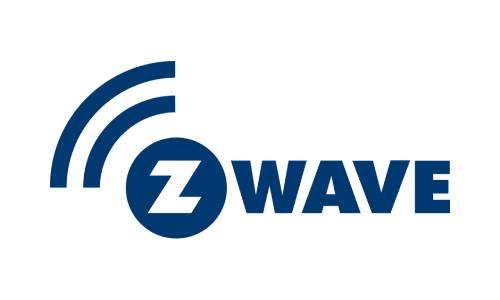
ZIGBEE: Zigbee is a wireless standard for home automation that has had limited success because it does not allow devices from different vendors to communicate with each other. However, version 3 of the protocol seems better at fixing some interoperability issues and may provide more potential in future generations. The new edition also adds support for security measures such as privacy protection among others making this communication method faster than ever before..
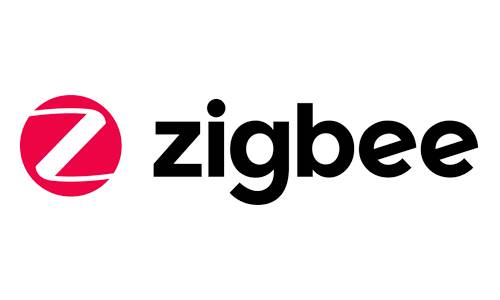
WI-FI: Let’s admit it. Wi-fi is everywhere you go. It has high bandwidth and almost all smart devices now use some form of a wi-fi protocol. Manufacturers therefore have gravitated to this protocol and developing all kinds of devices using this protocol. Wi-Fi is only hampered by bandwidth from your ISP. If you have 40+ wi-fi devices on your home network, one needs high bandwidth and a corresponding router setup to propagate wi-fi signals to all corners of your home.
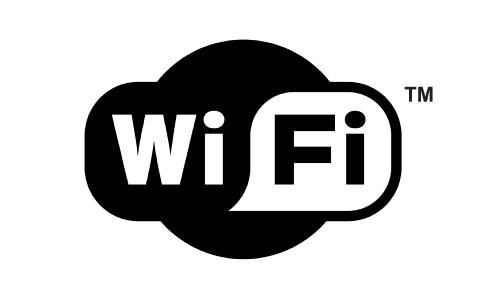
Thread: Thread is a huge step forward for low latency wireless networks. This new protocol allows devices to connect with each other without any interference or lag time, making it perfect if you're looking into areas where internet access isn't always reliable like rural homes often are. The power consumption rates are greatly reduced because there's no need for electricity sources such as WiFi which can drain your battery quickly The communication frequency measures around 500MHz so this means they will work harmoniously alongside existing ZigBee systems.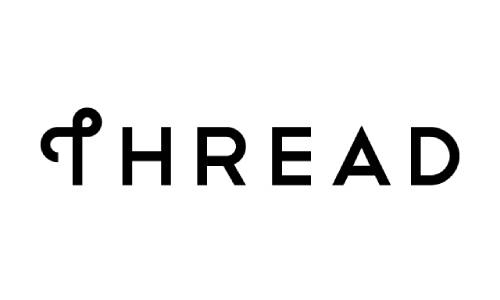
Apple HomeKit: Homekit is not a communication protocol but a framework for allowing devices to connect to a network and be controlled directly via iPhone, iPad or the device manufacturer's dedicated app. Homekit devices use Wifi and Bluetooth for communications while communication to Z-Wave and Zigbee devices via a bridge is on the way.
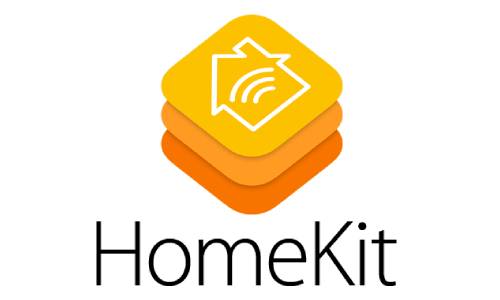
So where does “Matter” come into the picture?
Manufacturers use various communication protocols to develop and market devices like what we discussed above. They also enable some form of a voice assistant as a control mechanism for the devices.
However, Alexa can’t talk to Google Assistant or Siri or control Google or Apple devices, and vice versa. In addition, there is no device manufacturer that currently develops devices that works across all communication protocols, is secure and is forwards and backwards compatible. This has caused home automation enthusiasts to stick with one communication protocol devices only.
Matter offers an open-source protocol designed to allow for seamless integration with current and future messaging applications. By leveraging the protocol, developers will be able to create messaging applications that are more secure, private, and efficient. In addition, Matter will provide users with a better messaging experience by allowing them to communicate across platforms.
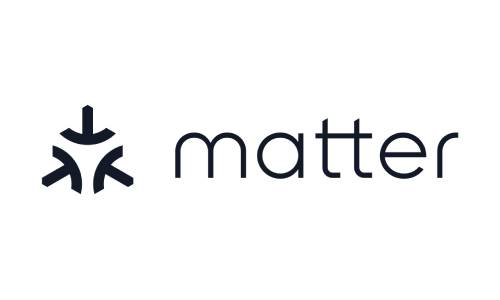
Device manufacturers will comply to the Matter standard to ensure their devices are compatible with smart home and voice services such as Amazon’s Alexa, Apple’s Siri, Google’s Assistant, and others. For smart home enthusiasts, Matter will allow us to buy any device and use any voice assistant or platform to control it.
The Connectivity Standards Alliance (or CSA, formerly the Zigbee Alliance) maintains the Matter standard. What sets it apart is the breadth of its membership, the willingness to adopt and merge disparate technologies, and that it is an open-source project.
The first specification for the new standardization of technologies, known as Matter 1.0, will cover only certain devices. This initial specification focuses primarily on hardware, such as Light bulbs, smart plugs, smart locks, garage door controllers, thermostats and smart blinds. Robot Vacuums’ and Doorbells will be brought into the Matter ecosystem with future releases. The goal of this early version is to provide a starting point for future versions that will include a broader range of technologies and products.
The creation of a comprehensive standardization process has been a long-awaited and much-needed development in the tech industry, as it will help to streamline manufacturing and increase interoperability between products. Currently, products from different manufacturers often use completely different protocols, making it difficult for them to communicate or function together effectively. The new Matter 1.0 specification aims to address this issue by creating a standardized framework on which all future devices can be built.
The underlying Thread technology in Matter allows devices, like smart speakers or lights, to act as Thread routers and create a mesh network that will allow communication, increase range, and enhance security. Unlike traditional smart home hubs, these Thread routers can’t see inside the packets of data they exchange enabling data to be sent securely end-to-end by a network of devices from different manufacturers.
The reason Matter is headed for success is because it is being promoted by all the big names like Amazon, Apple, Google, Huawei, LG, Ikea and over 240 other companies. When the software development kit is ready, device manufacturers will be able to use it royalty-free to incorporate their devices into the Matter ecosystem.
Smart lock companies like August, Schlage, and Yale have already stated that their existing product line is Matter ready while Belkin, GE Lighting, Philips Hue, Nanoleaf, TpLink and Lutron hopes to have firmware updates to their products soon to get them Matter ready. Google is already working to merge its Thread and Weave technologies into Matter.
Conclusion
As a smart home enthusiast, it has always bothered me why there is no common operating environment for smart home products. Sure, I can use a Raspberry Pi or Arduino to do some custom programming routines to get things working together.
But most end users want things out of the box where they can scan some QR code, add the device to their network and do simple automations via in-built scheduling features. Matter will ease those end user concerns enabling someone to order a smart switch via Amazon and not worry about what protocol it uses or whether it will be compatible with other smart devices in the home.
The issue however is that Matter has been in the works for a few years and finally went live on Oct 4, 2022. CSA says the delays were because they want more devices available on the Matter ecosystem. With this launch, one can expect interoperability of devices is almost there since it will still take companies a few months to get their devices Matter certified and out into the market,
While there has been some criticism of the initial scope of Matter 1.0, with many arguing that it doesn't go far enough in addressing the needs of users and manufacturers alike, most experts agree that its launch represents an important milestone in tech development and marks the beginning of an exciting new era for the industry. Whether Matter 1.0 succeeds or fails in its mission remains to be seen, but one thing is clear; we are entering a new age where technology is no longer defined simply by what it can do, but also by how well it works together with other technologies to create a truly seamless user experience across every platform and device.
I personally can’t wait to see Matter finally roll -out and finally get all my home automation devices under a single dashboard.
Tony Stark sure would be proud of this!!
